Week 4 – Initial research, setting the mood and 5-star reviews
Now that I have decided on a general idea for a project, my main work for this week involved starting to articulate the major areas of research and gathering sources.
To start off, I made an attempt to describe my project in terms of “How might we…” questions and a proposed solution:
Driving Questions:
How might we design tools or interactive experiences that use spatial, computational and mathematical thinking in expressive ways to create art?
How might these tools and experiences teach us about our relationships to ourselves, others and the world around us?
How might these tools and experiences transcend digital boundaries to engage our senses and our bodies?
Proposed Solution:
GeoComposer: Dynamic geometry and iteration are used as the basis for an interactive creative experience decomposing and subdividing shapes in a playful and expressive manner that does not require a lot of formal mathematics or programming.
At this point, the 2nd and 3rd question are of interest but not essential. I’d like to look for ways to incorporate them into my design but they might also not show up until future variations or other projects I work on.
Identifying general topics to research
Given this description, here is the short list of topics and keywords that I’ve started to research:
- Dynamic Geometry Software
- Generative and Procedural Art
- Parametric Design
- Geometric Art
- Interface and Interaction Design (focusing on Direct Manipulation and Drawing)
- Bauhaus Material Studies and Pedagogy
- Tinkering and Doodling
- Aesthetics and Meaning (a little vague but serving as a bit of a “Miscellaneous” category)
I’ve also started to gather examples of specific pieces, artists or other reference material that seem like they have something in common with either the kind of experience that I’m trying to create or with the particular processes that I use.
A few new examples of the artists work who I discovered or was revisiting this week are:
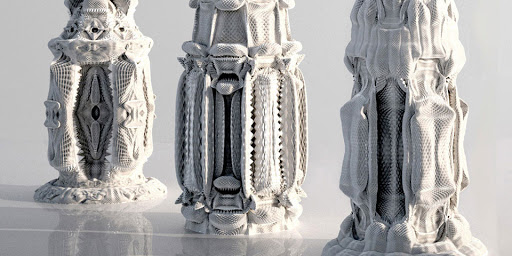
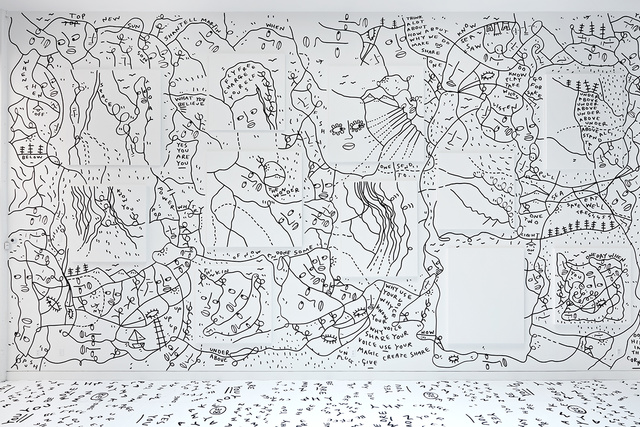
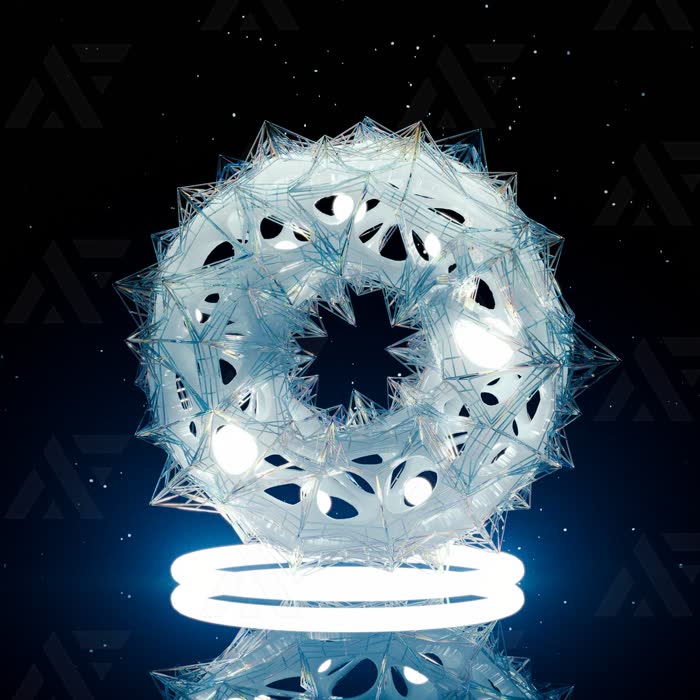
Research overview for this week
My research focused on a few different areas this week:
Procedural generation techniques and applications
I tried to find examples in which procedural techniques similar to the ones that I employed in Geometer’s Sketchpad are used. I discovered that there are some pretty advanced procedural geometry techniques that are used to create different kinds of CGI and animations. There were a number of YouTube tutorials and examples of work that used either Cinema 4D or Houdini.
There is a set of really great tutorials and a talk that I very much enjoyed from Junichiro Hurikawa:
Christopher Alexander’s Nature of Order
I also began to read the section of Christopher Alexander’s Volume I in the Nature of Order series that describes his 15 fundamental properties that he has distilled out of his observations and his work over the course of his career. These are properties that he believes give objects and spaces the quality of wholeness or ‘life’. I was struck by how many of them resonated with me as qualities that have surfaced and that I play with when doodling, taking pictures or other forms of making.
I find these are really helpful to study as they give me insight into both my own aesthetic sensibilities as well as ideas for what I might choose to include in the experience that I’m developing.
- Levels of scale.
- Strong centers.
- Boundaries.
- Alternating repetition.
- Positive space.
- Good shape.
- Local symmetries.
- Deep interlock and ambiguity. .
- Contrast.
- Gradients.
- Roughness.
- Echoes.
- The Void.
- Simplicity and Inner Calm.
- Not-separateness.
Interfaces for open-ended creation vs. guided exploration
A key design choice that I have on my radar is to what extent I want the feel and functionality of the web app to be a blank canvas and set of drawing tools vs. a more curated or guided experience that might involve an object(s) that you can tinker with. Imagining examples of the former is pretty easy but I’m also trying to do some research into specific examples of interfaces that have this feature of exploration through tinkering.
Writing a ‘Dream Review’
We were also asked to write a dream review for our project. In general, I don’t tend to read a lot of reviews because I prefer to not have my expectations overly shaped by somebody else’s experience. I will often take guidance about what to read or watch from an overall aggregative measure of some sort and the summary. However, I think the exception for this for me is for puzzle games which I enjoy playing a lot. I will often skim those with an eye to key phrases that seem to jump out at me and confirm that the people who review it positively are doing so for reasons that align with what I’m looking for.
So I opted to brainstorm a series of ‘pull quotes’ for an app review of my final project trying to highlight the various aspects of the experience and my goals for each:
“I felt transported to another world”
“The interface was intuitive and easy to figure out”
“I loved how seeds for inspiration were sewn into the experience”
“The geometry became an extension of my own movement”
“I cherished those moments when I stumbled upon something surprising and beautiful”
“I ran over to my friend and I was like, ‘Check this out!'”
“I found myself looking at everything around me differently afterwards”
“Away from the app, I doodled possible shapes and daydreamed about my next composition”
Starting a mood board
I also created a mood board for my project at this point. Starting with a list of words, I put together a set of images that the feel of my project that I think I’m aiming for. Although it doesn’t quite belong, I also included the Tinkering Studio framework for Learning Dimensions because I felt like it does a really nice job of laying out the different facets to think about as I continue development.
Word list:
beauty, ornate detail , exploration, play, geometric, vibrant, serene, immersion, infinity, tactile, tinkering, kinetic

This week’s experiment
For my experiment this week, I decided to use my camera to help me internalize some of the properties I was reading about in the Nature of Order. So I headed out for a walk along the lakefront, looking for an image that I could capture that would involve the first four properties I read about: levels of scale, boundaries, alternating repetition and strong centers.
Interestingly, for much of my walk around the pond and through more natural settings, I saw evidence of the different properties, but not in the same image. Branches showed levels of scale and alternative repetition. Bodies of water had boundaries. Animals’ bodies and faces had strong centers. But the single image I ended up capturing was of the Theater on the Lake building.
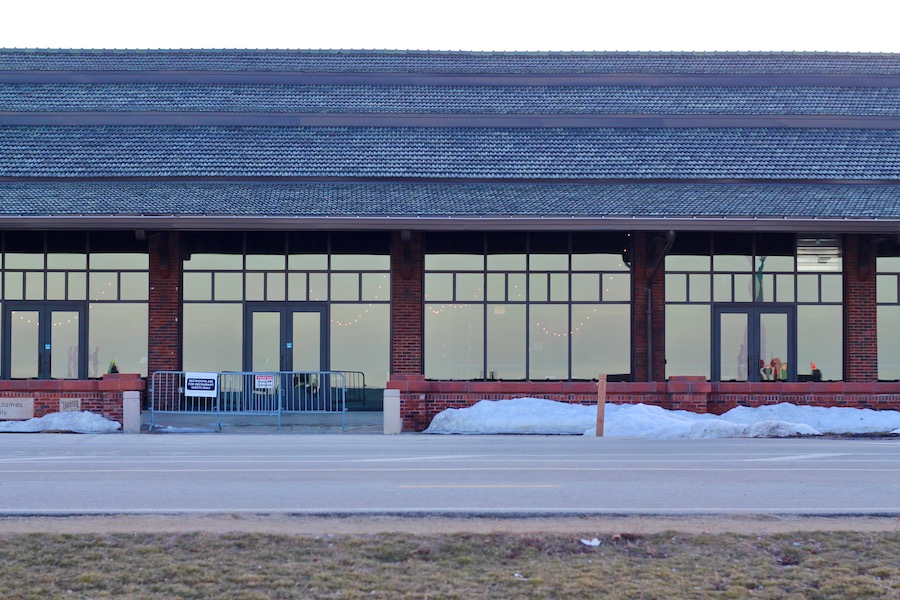
And then, as an interesting contrast, I turned around on the spot and took a photo in the opposite direction out over the lake. 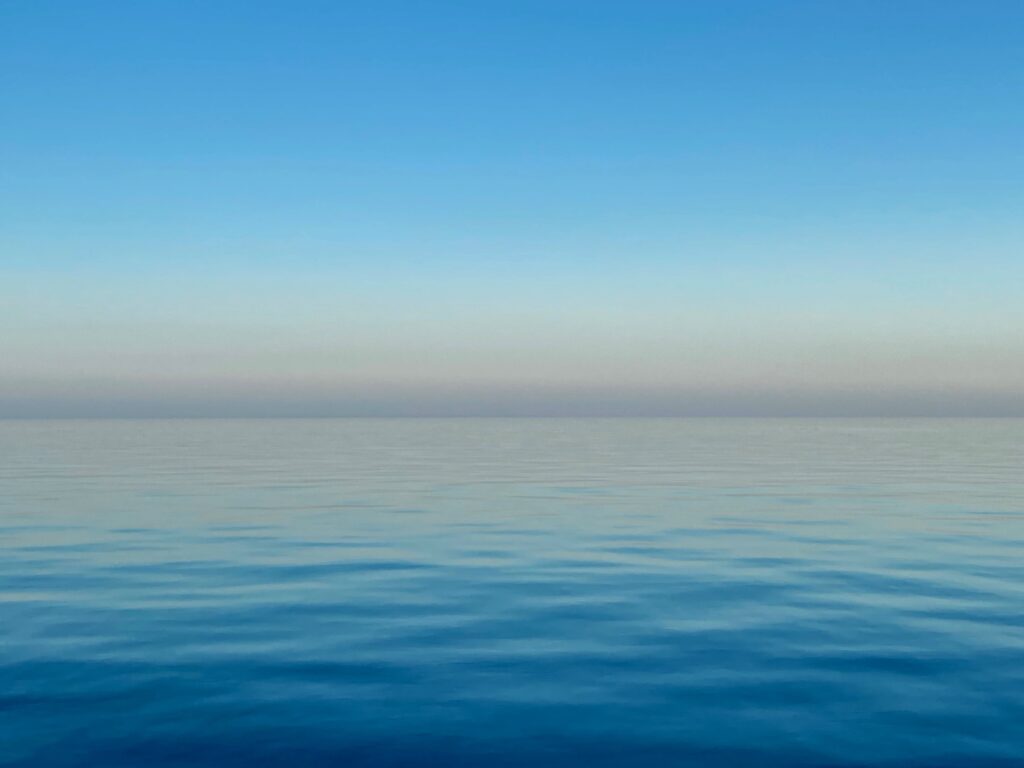
I know that gradients show up later in the list 15 properties and this seemed like a wonderful example.
My next steps will involve putting together what I’ve decided thus far into an initial proposal document for my thesis.
Related Posts
Leave a Reply Cancel reply
You must be logged in to post a comment.
Kat Sullivan
Adam Colestock
Helen (Chenuan) Wu
Christina Lan
Dorian Janezic
George Faya
Julia Myers
Kelsie Smith
Michael Morran
Po-Wen Shih
Liu Siyan
Fisher Yu
—
Craig Protzel
Christopher Wray
Haoqi Xia
Hayden Carey
Katherine Nicoleta Helén
Maria Maciak
Parisa Shemshaki
Sakar Pudasaini
Skyler Pierce
Steven Doughty
Yiqi Wang
—
Andrew Lazarow
Benoit Belsot
Enrique García Alcalá
Hongyi Zhang
Jay Mollica
Li Shu
Teddy (Jian) Guo
Monika Lin
Wenye Xie
Yiru Lu
